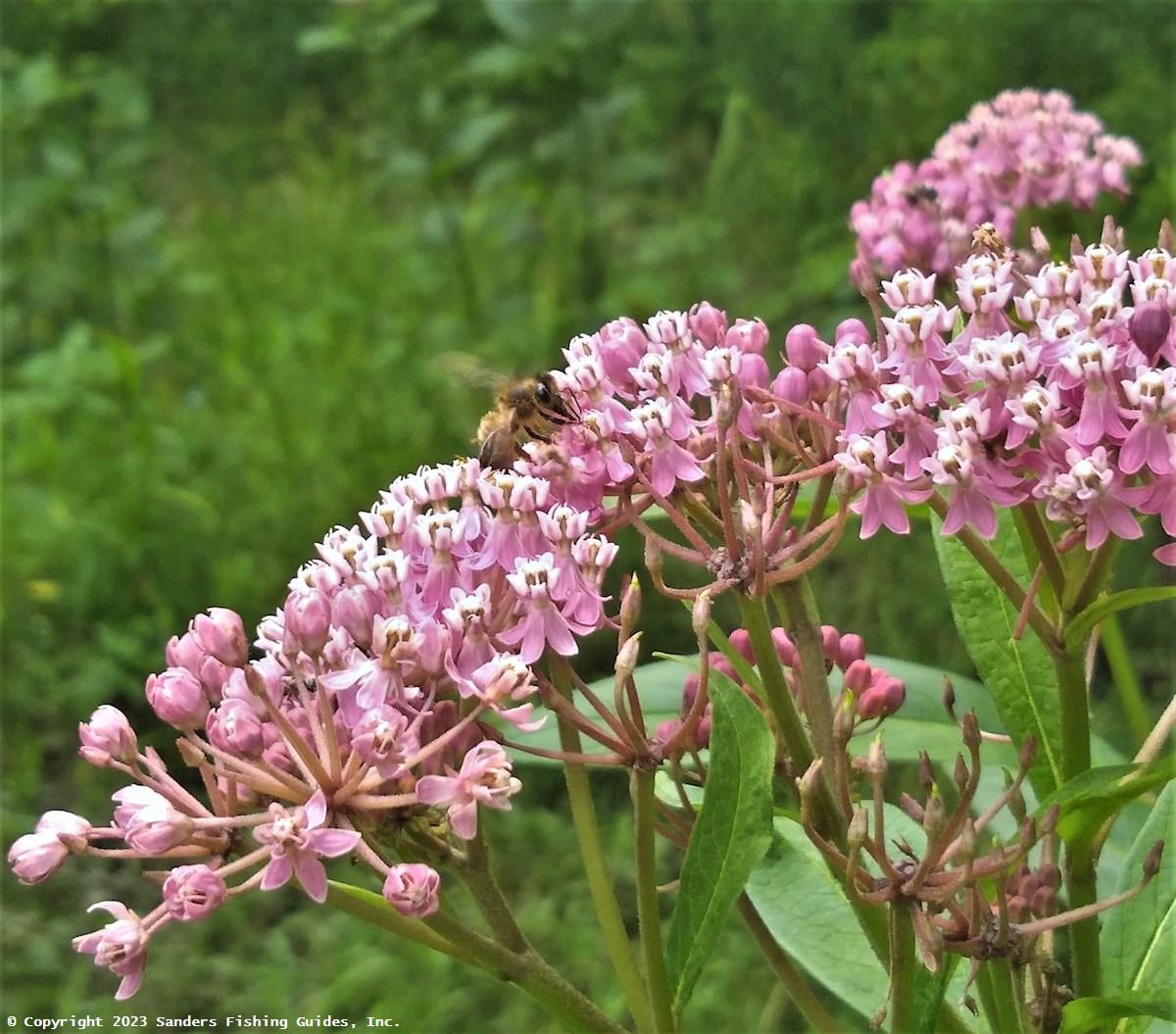
The Kabob Wildlife Management Area (WMA) is located in the town of Stockton and encompasses 37 acres of upland and wetland communities and open water (Cassadaga Creek). A significant portion of the WMA is within one of the county’s largest wetland complexes. It's not surprising that this area is so wet; as mentioned in the entry for Cassadaga Creek, following the last glacial period, the Cassadaga valley was at the bottom of a large lake, and a great volume of water is still stored here in the pores between glacially deposited sand and gravel.
The ecologically diverse habitats of the Kabob WMA support a great variety of wildlife. Species known to occur here include white-tailed deer, Eastern coyote (see Links), beaver, raccoon, fisher, Virginia opossum, Ruffed grouse, American woodcock, American crow, red-tailed hawk, pileated woodpecker, wood duck, mallard, wild turkey, Canada goose, Eastern American toad, wood frog, northern spring peeper, Eastern garter snake, northern water snake, snapping turtle, and painted turtle. Though you might not see most of these animals if you visit here, you'll likely see many of their tracks in the mud along Cassadaga Creek.
One of the principal management objectives for this WMA is to demonstrate to private landowners forest habitat management techniques for relatively small acreages that can be used to create and improve ruffed grouse and American woodcock habitat. Future use of this WMA includes a cooperative agreement with the Ruffed Grouse Society for landowner workshops to demonstrate and conduct wildlife management habitat programs.
This WMA is a real sleeper. I almost decided not to include it on this website because it is so small and, initially, it didn't seem to have much to offer, nothing more than a short trail through an overgrown, swampy area. I first visited the area on a whim when I was heading down to another location. After parking my car, it didn't take long to realize that this is a very special place. My wife Pam and I were immediately struck by the diversity of plants and fungi present here, and when we reached the creek, the variety of flowers and insects was dazzling! The swampy, sunlit areas along the creek were filled with wildflowers such as milkweed, cardinal flowers, and forget-me-not, which attracted butterflies, moths, dragonflies, damselflies, and bees in great numbers. And of course, birds were ever-present, evidenced mostly by their calls. Over 80 species of birds have been identified in this small area. See Links for a list of bird species observed here and to see how you can post a list on eBird.

See Location Map (above) and DEC map under Links.
Road Access: